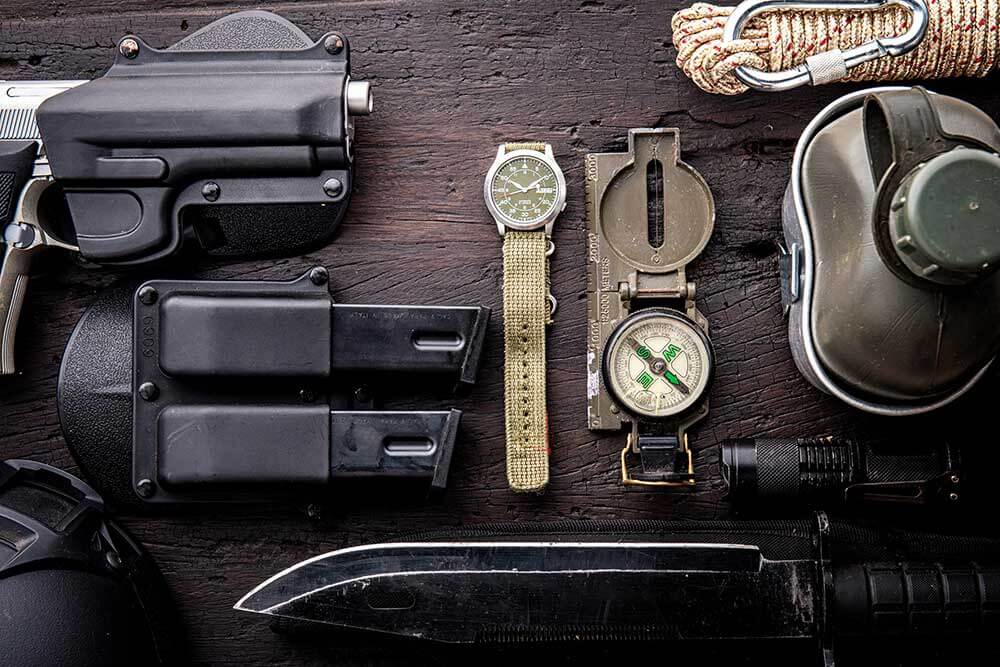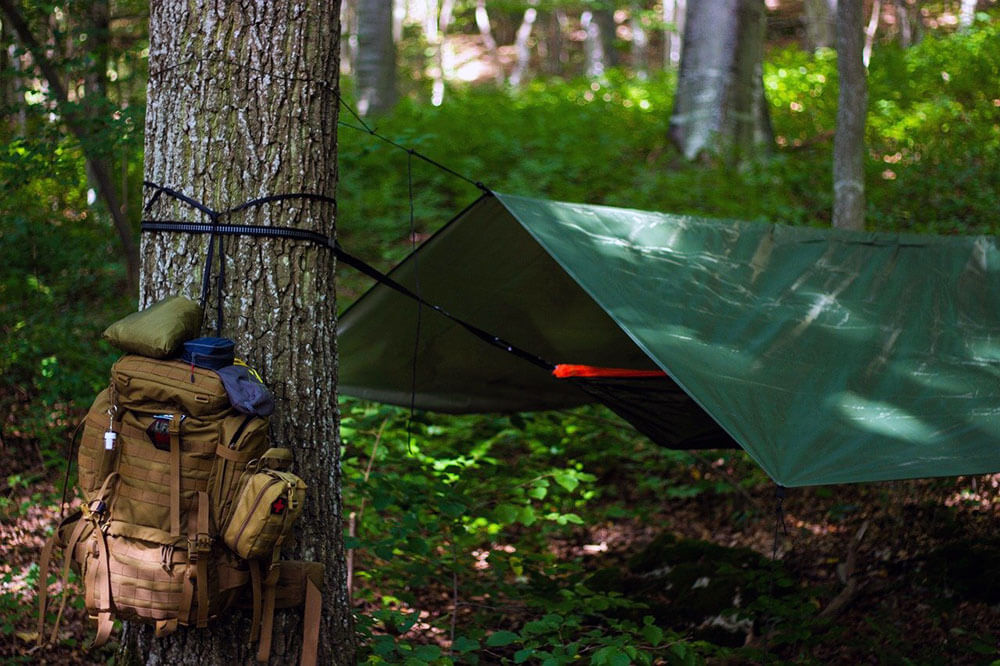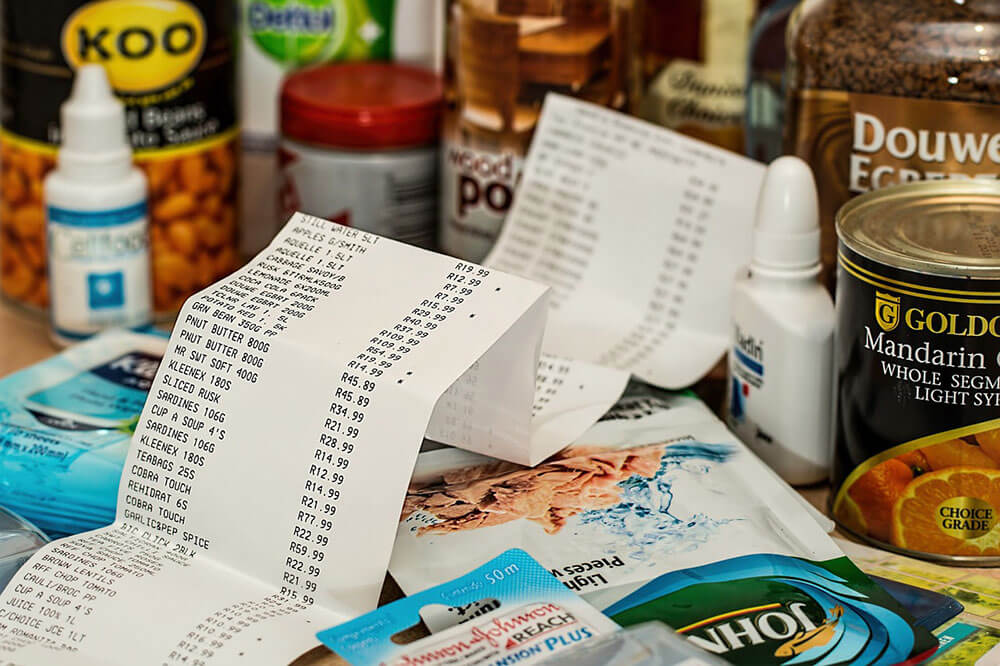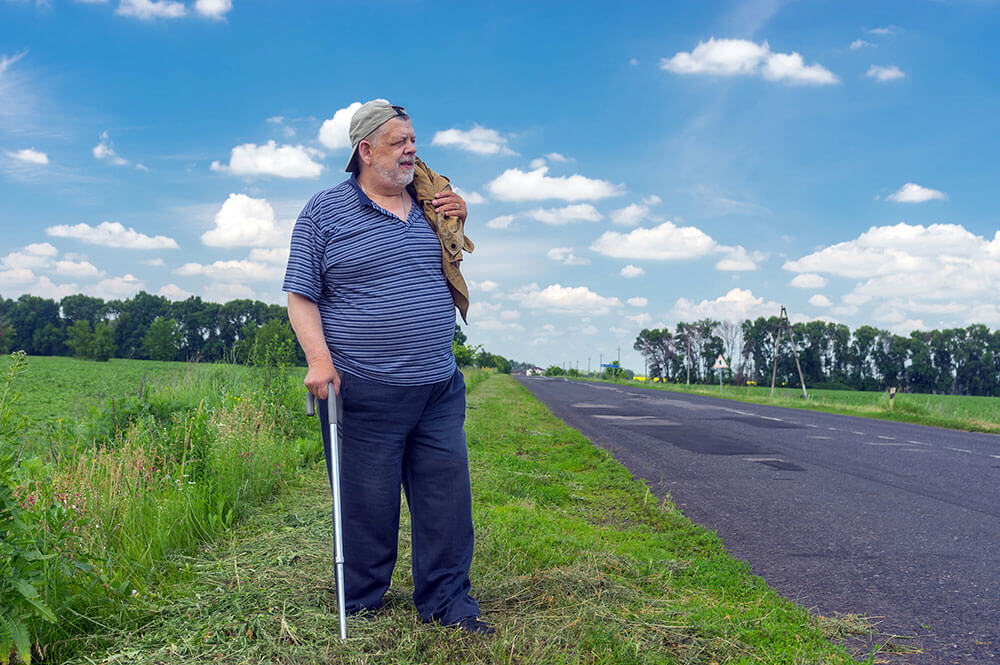FIND THE RIGHT WAY TO READINESS
It seems like every day brings more and more people into the preparedness fold, so to speak. With all of the uncertainty in the world, it makes sense that folks would want to be interested in how to be ready to handle emergencies and crises large and small. However, like anything else in life, there’s a right way and an infinite number of wrong ways to tackle this endeavor.
Let’s take a look at some of the most common prepping mistakes.

1. FAILING TO TEST GEAR
I spend a fair amount of time online in various prepper-related forums and groups on social media. Time and time again, I’ll see people post photos of their equipment, such as showcasing the contents of their bugout bag. All too often, most of the items are still in their original packaging, absolutely brand-new and pristine. If you take the time to chat with the person, you’ll typically find out that they’ve assembled their gear based on one or another list they found online or in a book and have never once used any of it.

Sometimes the excuse is that they don’t want to waste anything, such as eating some of their emergency food while grocery stores are still up and running. Or they don’t want to risk damaging anything, as their budget is limited and they can’t afford to buy a replacement. However, the middle of a crisis is the last place you want to be when you learn that a product you bought needs assembly and it is apparently missing parts. Or that the special survival food you squirreled away really doesn’t agree with your digestive system.
If something is going to fail, it would be better to find that out during controlled conditions, such as taking it for a test drive in the backyard. This gives you the luxury of experiencing it while you’re able to do something to fix it, whether that’s through purchasing a replacement or contacting the manufacturer.
Know how to use every single item you’ve purchased for emergency use and practice with it well ahead of any actual disaster. You should know its capabilities as well as its limitations before you have to find out the hard way.
2. BUYING WITHOUT RESEARCH
A simple online inquiry using the search engine of your choice will spit out thousands of lists of recommended equipment and supplies the diligent prepper should keep on hand for emergencies. That’s all well and good, but understand that there are very few one-size-fits-all solutions. Meaning, what works for you might not be a wise selection for someone else and vice versa. This means you need to do your homework.
Always work to improve your skills, as well as your physical abilities, but make sure all of your plans take into account any current limitations.

Reading reviews is always a good idea. Make sure to read the negative as well as positive ones. Don’t stop there, though. Seek out video reviews, so you can see the product in action. Pay close attention to what the reviewer says about failures or problems with the product. Gripes or complaints don’t always mean that the product is no good, though. Sometimes they are the result of not understanding what the product was designed to handle. Make your own decision based on what you learn.
On top of that, give serious thought to your own unique situation, your own circumstances, such as your family composition, your location, your experience level, and your budget. Part of your research needs to include taking those things into account as you decide whether a specific piece of kit is necessary or at least useful to you. Otherwise, you’re just wasting your likely limited budget buying things you don’t need.
3. THROWING MONEY AT THE PROBLEM
An awful lot of people, upon deciding they want to be prepared for come what may, just break out the credit card and buy as much food, water, and other supplies as they can. The reality is that you can’t just buy your way to being prepared. It requires both stuff and skills, with the latter being just as important as the former. Buying a bunch of stuff without knowing how to properly use it doesn’t really help you in the long run.

Plus, price doesn’t always indicate quality. While yes, you typically get what you pay for, there are plenty of great budget items out there. There are also a good number of high-end products that aren’t worth nearly what’s listed on the price tag.
Just dumping out your wallet on the store counter isn’t the solution. You need to invest time and energy as well. Remember, slow and steady wins the race.
4. LACK OF BALANCE
By a rough estimate, about 90 percent of preps are pretty universal. Food, water, shelter, security—these sorts of things are needed no matter what sort of disaster we could face. Whether it is a bad winter storm or an economic collapse, we’re going to need food to eat, right? The other 10 percent of preps are much more disaster-specific. For example, designing and constructing some sort of Faraday cage to protect sensitive electronics in case of an electromagnetic pulse (EMP).
Here’s the problem: If you’re spending 90 percent of your available resources on that 10 percent that’s disaster-specific, you could run into trouble.

LANE ERICKSON / DREAMSTIME.COM
Your plan should be balanced, and your priorities need to be logical. If you’ve put together an armory that would make any Third World country jealous, but you barely have enough food to last your family a week, that’s a problem. If you could outfit a mid-size hospital’s emergency room with supplies, but you don’t have any means of storing or filtering water, you might want to rethink your plans.
One other aspect of balance has to do with your overall household budget. It makes exactly zero sense to create your own personal financial disaster trying to plan for something that might never happen. Prepping does cost money; there’s no way around that. But you shouldn’t forgo paying your mortgage or rent, your utilities, or other such bills and pinning your hopes on the world coming to an end before late fees and interest are applied to those debts.
5. BEING UNREALISTIC
Similar to testing gear, you need to test yourself from time to time and see what you’re actually capable of doing. For example, many preppers and survivalists plan to bug out on foot if something major were to happen. But, if you can hardly get to your mailbox and back without having to sit down for a breather, a hike of several miles or more isn’t likely to end well for you. Sure, once upon a time you were able to hump a giant ruck for endless miles. That was 30 years and 80 pounds ago.

This isn’t just a question of physical conditioning, though that’s certainly part of it. We’re also talking about skillsets like first aid, navigation, and wild edible identification. You can read all the books and magazines you want in those areas, and we obviously encourage that, but to truly learn you need to get your hands dirty. For example, gardening involves a lot more than just tossing seeds in the dirt and watering them from time to time. Without practice and learning from your mistakes, you can’t expect to reliably grow large quantities of produce.
Examine all of your emergency plans and determine just how realistic they are. Always work to improve your skills, as well as your physical abilities, but make sure all of your plans take into account any current limitations you have in those areas.
TRAINING RESOURCES
Here’s a shortlist of schools around the country that offer excellent training in a variety of survival-related coursework:
Nature Reliance (Craig Caudill)
Wilderness survival, tracking, navigation, personal safety. Based in Kentucky, but they occasionally do classes elsewhere.
NatureReliance.org
Campcraft Outdoors (Jason Hunt)
Wilderness survival, trapping, medical. Based in Kentucky.
CampcraftOutdoors.com
Advanced Survival Training (Tim MacWelch)
Wilderness survival, trapping, wild edibles. Based in Virginia.
AdvancedSurvivalTraining.com
School of Self-Reliance (Christopher Nyerges)
Edible and medicinal plants, urban survival, homesteading. Based in California.
SchoolOfSelf-reliance.com
Ancient Pathways (Tony Nester)
Wilderness survival. Based in Arizona and Colorado.
APpathways.com
Fieldcraft Survival (Kevin Estela)
Firearms, survival, tracking, medical, and more. Based in Utah, but they offer classes around the country.
FieldcraftSurvival.com
Gray Bearded Green Beret (Joshua Enyart)
Wilderness survival, food acquisition, bushcraft. Classes offered at various locations around the country.
GrayBeardedGreenBeret.com/gb2-live-events
A version of this article first appeared in the April 2022 issue of American Outdoor Guide Boundless.

